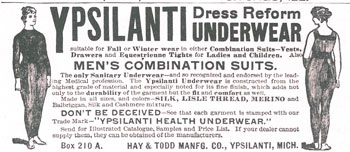In the Archives: Michigan Merinos
Washtenaw County owes a long-forgotten debt to Napoleon Bonaparte.
In the chaos following Napoleon’s first invasion into Spain in the early 19th century, the Spanish crown lost control of a resource it had jealously guarded since its acquisition from the North African Berber people in the 11th century.
For centuries, Spanish royalty forbade this resource to leave the country, and Spain steadily accumulated wealth from the commodity it produced. One expenditure of this wealth funded a young Italian explorer on his 1492 journey to what he apparently expected would be India.
This possession was the royal flocks of merino sheep, and the commodity was arguably the finest, softest, most luxurious wool on the planet.
Some American statesmen in Europe in the early 19th century took advantage of the post-invasion upheaval to smuggle out these esteemed sheep.
One was the Lisbon-based American consul to Portugal, William Jarvis. Around the turn of the 19th century, he shipped a dozen merino sheep to America. They sold for $15,000 [$216,500 in today’s dollars].
When Madrid-based minister David Humphrey’s term ended, he asked if instead of the usual parting gift of 100 bars of silver he might take home a few merinos. His request was granted sub rosa. The minister to France, Robert Livingston, obtained a few. So did George Washington. More were smuggled in for Thomas Jefferson, who began a merino breeding program at Monticello. When Jefferson was elected president, his merinos accompanied him to Washington, pastured on the White House lawn.
The merino craze was on. [Full Story]




